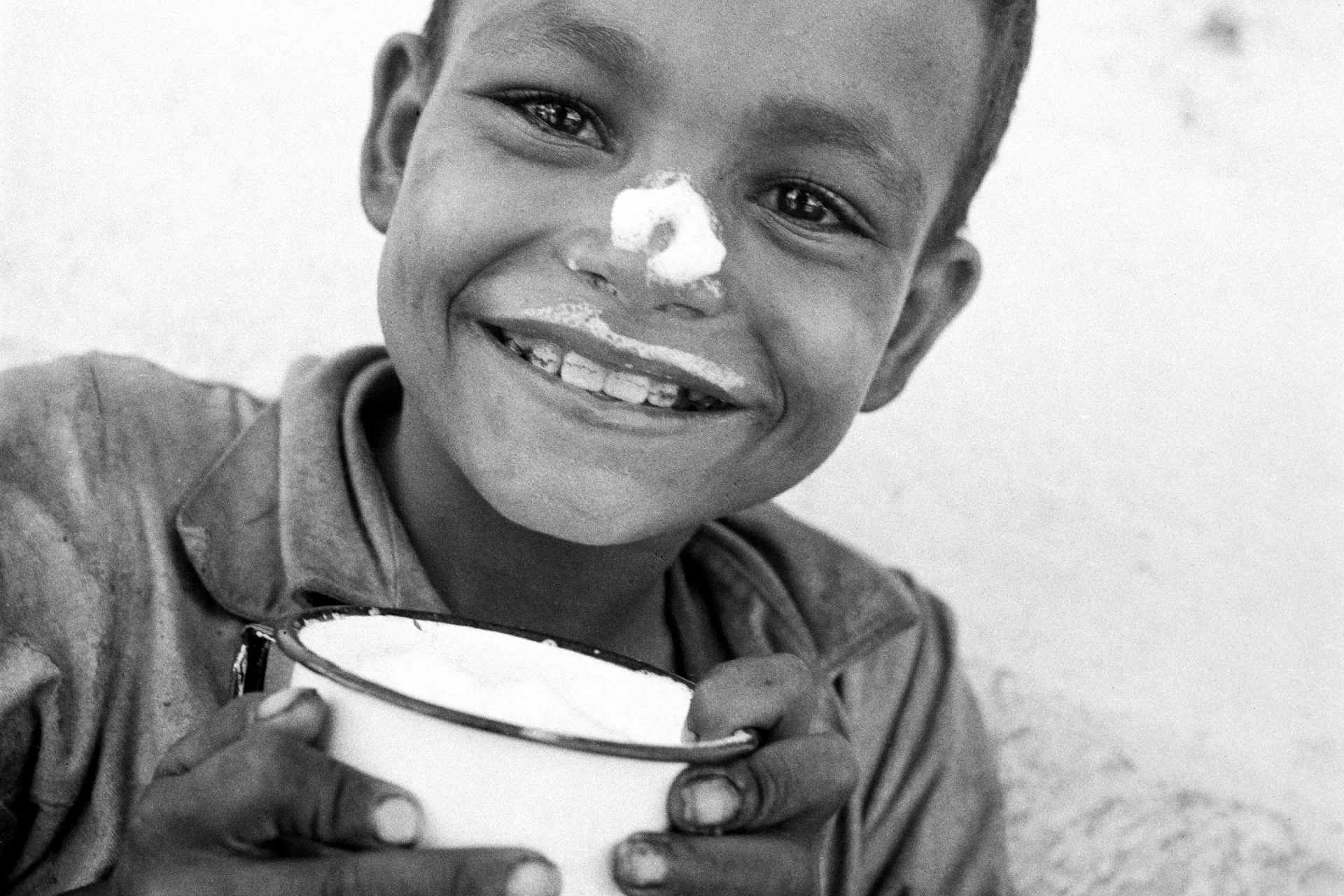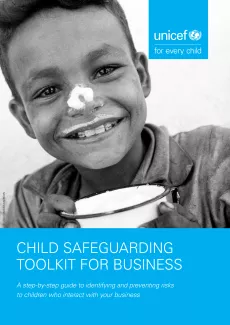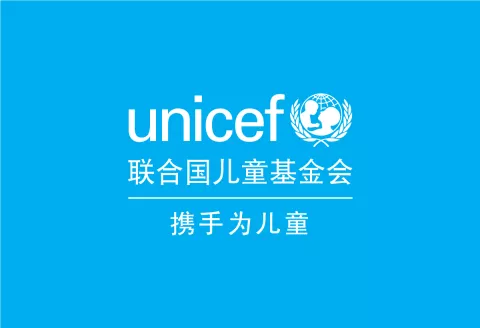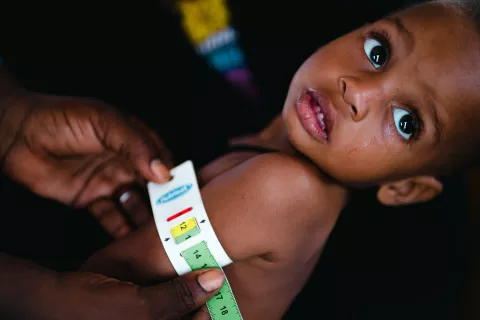Child Safeguarding Toolkit for Business
A step-by-step guide to identifying and preventing risks to children who interact with your business

- Available in:
- 中文
- English
About
All children, wherever they live and whatever their circumstances, have the right to be protected, nurtured and free from all forms of violence, abuse, neglect, maltreatment and exploitation as set out in the Convention on the Rights of the Child.1 Respecting and supporting this right is the essence of child safeguarding.
For companies, ‘child safeguarding’ refers to actions that address how business operations and work practices impact children’s welfare. At its most basic, safeguarding entails the prevention of physical, sexual and emotional abuse and maltreatment by employees and other persons whom the company is responsible for, such as partners, visitors to corporate premises or volunteers.
Every company whose employees or business partners engage directly or indirectly with children has a legal and moral duty of care to do all it can to protect children from harm. A child safeguarding policy provides companies with a formal approach to managing this duty of care. In addition to its primary role, ensuring the well-being of children, a good child safeguarding policy also protects the company, its employees and its reputation. By setting clear standards of conduct, a properly implemented policy can reduce the risk of litigation by preventing or reducing the number of situations in which children suffer harm as a result of a company failing in its duty of care.
This toolkit is relevant for all companies, of all sizes and at different levels of maturity in addressing sustainability and corporate responsibility challenges. It provides companies from all industries with guidance on how to identify and mitigate actual and potential safeguarding risks. It outlines procedures for setting up a child safeguarding policy, rolling out the implementation plan and addressing and reporting potential allegations of inappropriate behaviour towards children.
Child protection is only one part of child safeguarding, which is the umbrella that covers all the child-centred actions and measures the company needs to have in place in order to prevent or reduce the likelihood of concerns arising (e.g., codes of conduct, safe recruitment procedures, policies and safe recruitment practices, training and communication). Despite these preventive measures, however, protection concerns about a child may still appear. As illustrated in the figure on the next page, one part of the umbrella represents child protection – the actions an individual or a company needs to take in response to a particular risk or concern about a particular child or children in order to protect them from further harm. Child protection is an essential part of safeguarding if there is a concern that a child is being abused or their safety is compromised.





